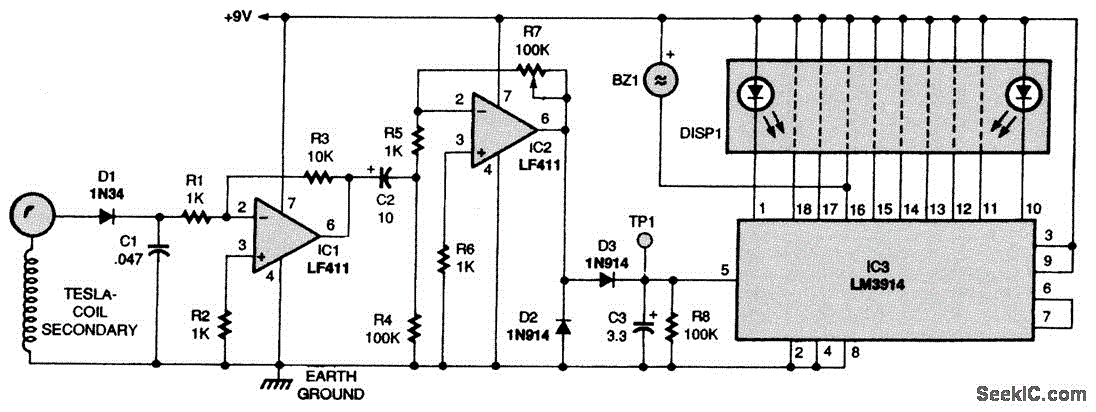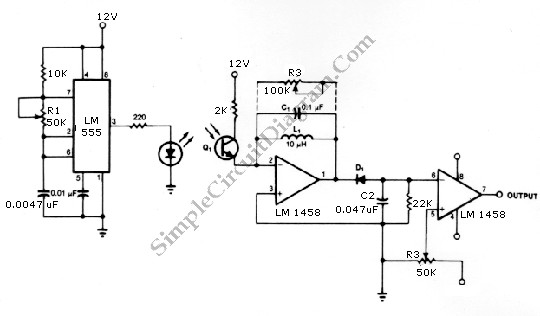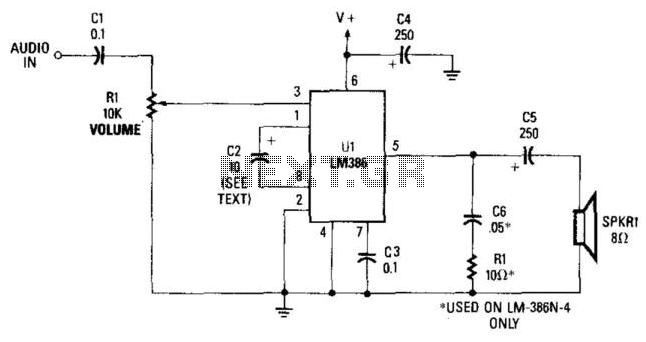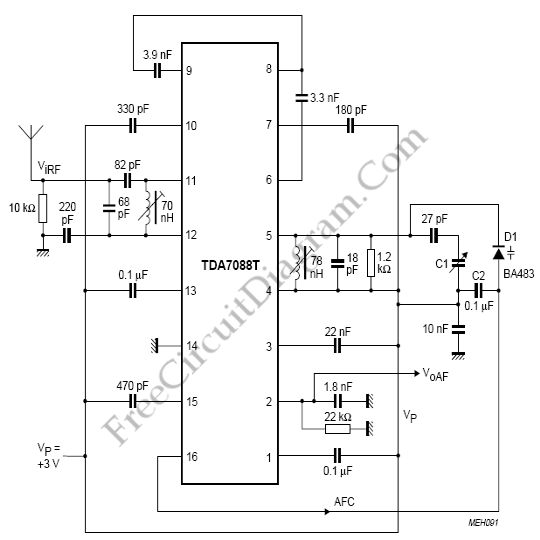
RC 4-Channel FM receiver
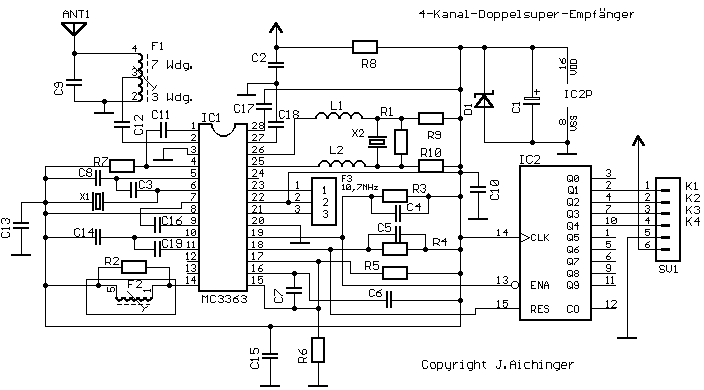
This small receiver with reduced range (weight 9g, dimensions 32 x 25 mm) is suitable for slow-flyer, little boats, etc.
The described receiver is designed for applications requiring lightweight and compact components, making it ideal for slow-flying aircraft and small boats. The specifications indicate a weight of 9 grams, which is critical for maintaining the overall weight of the model while ensuring sufficient performance. The dimensions of 32 x 25 mm highlight its compactness, allowing for easy integration into various designs without significantly altering the structure or aerodynamics of the vehicle.
In terms of functionality, the receiver is likely to operate within a limited frequency range, which is suitable for low-speed applications. This reduced range can minimize interference and enhance the reliability of signal transmission in environments where high-frequency signals may be disrupted. The receiver may utilize a simple antenna design to optimize its performance, ensuring a stable connection with the transmitter.
The application in slow-flyers suggests that the receiver is capable of handling lower speeds and may be optimized for long-range control at these speeds, providing a balance between range and control precision. In small boats, the receiver's lightweight design ensures that it does not adversely affect the vessel's buoyancy or maneuverability.
Overall, this receiver represents a practical solution for hobbyists and professionals seeking reliable communication in lightweight models, emphasizing the importance of size and weight in the design of remote-controlled devices.This small receiver with reduced range (weight 9g, dimensions 32 x 25 mm) is suitable for slow-flyer, little boats, etc. 🔗 External reference
The described receiver is designed for applications requiring lightweight and compact components, making it ideal for slow-flying aircraft and small boats. The specifications indicate a weight of 9 grams, which is critical for maintaining the overall weight of the model while ensuring sufficient performance. The dimensions of 32 x 25 mm highlight its compactness, allowing for easy integration into various designs without significantly altering the structure or aerodynamics of the vehicle.
In terms of functionality, the receiver is likely to operate within a limited frequency range, which is suitable for low-speed applications. This reduced range can minimize interference and enhance the reliability of signal transmission in environments where high-frequency signals may be disrupted. The receiver may utilize a simple antenna design to optimize its performance, ensuring a stable connection with the transmitter.
The application in slow-flyers suggests that the receiver is capable of handling lower speeds and may be optimized for long-range control at these speeds, providing a balance between range and control precision. In small boats, the receiver's lightweight design ensures that it does not adversely affect the vessel's buoyancy or maneuverability.
Overall, this receiver represents a practical solution for hobbyists and professionals seeking reliable communication in lightweight models, emphasizing the importance of size and weight in the design of remote-controlled devices.This small receiver with reduced range (weight 9g, dimensions 32 x 25 mm) is suitable for slow-flyer, little boats, etc. 🔗 External reference
